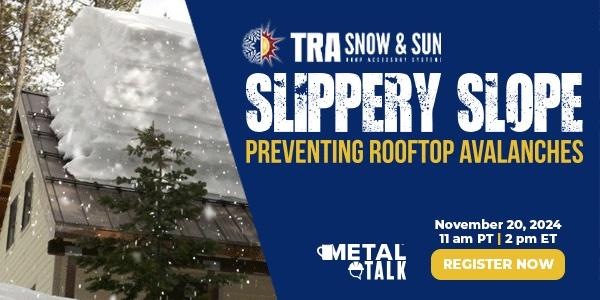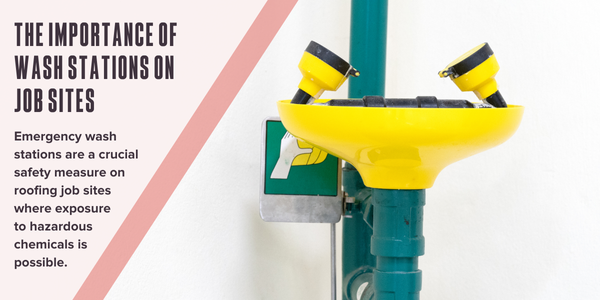5 Key Safety Tips for Employee Eye and Face Protection

According to OSHA, eye and face protection violations were within the top 10 most frequently cited hazards in 2019.
This ranking is not surprising, given these violations are easily observable during inspection, from close and afar. However, eye and safety protection measures are also a very serious concern for employee safety. Therefore, roofers should keep the following tips in mind:
- When is eye and/or face protection required?
Employers must provide appropriate eye or face protection when employees are exposed to eye or face hazards from flying particles, molten metal, liquid chemicals, acids or caustic liquids, chemical gases or vapors, or potentially injurious light radiation. For example, employees must wear appropriate eye protection when operating nail guns or other similar equipment. Additionally, eye protection must provide side protection when there is a hazard from flying objects.
- What types of eye and face protection are sufficient?
Protective eye and face protection devices must comply with one or more of the following consensus standards: ANSI/ISEA Z87.1-2010; ANSI Z87.1-2003; ANSI Z87.1-1989 (R-1998). However, other types of eye and face protection devices that the employer can demonstrate are at least as effective as those made in accordance with one of these standards are also compliant.
- Are there any other general requirements that apply to eye and face protection?
In addition to the above requirements, PPE must provide adequate protection against the particular hazards for which it is being used. It must be reasonably comfortable when worn under the regular conditions and fit snugly without interfering with the work. It must be durable, easily cleanable, and capable of being disinfected. Finally, PPE must be distinctly marked so the manufacturer can be identified.
- How should employers protect employees who wear prescription lenses?
When eye protection is necessary, these wearers must be provided with eye protection that either: (1) incorporates the prescription in its design, or (2) can be worn over the prescription lenses without disturbing the position of the lenses. Employers should work with the employee as is necessary to fulfill one of these alternatives.
- Are there special requirements for welding and similar tasks?
Employers must take specific measures to protect employees against radiant energy when they are performing tasks such as welding, soldering, brazing, and cutting. Primarily, proper shade numbers of filter lenses and plates must be used in accordance with OSHA standard 29 C.F.R. 1926.102(c)(1). The appropriate protection will vary by the task being performed.
Authors Note: The information contained in this article is for general educational information only. This information does not constitute legal advice, nor should it be relied upon as legal advice for your specific factual pattern or situation.
Travis S. McConnell is a construction law attorney with Cotney Construction Law, LLP. McConnell’s legal practice focuses on all aspects of construction law. He works extensively on matters relating to OSHA defense, which includes the management and development of safety and health strategies for construction contractors across the United States. McConnell’s OSHA practice concentrates on litigation and the appeals of citations involving catastrophic construction-related accidents. For more information, contact: Travis McConnell, tmcconnell@CotneyCL.com.























Comments
Leave a Reply
Have an account? Login to leave a comment!
Sign In